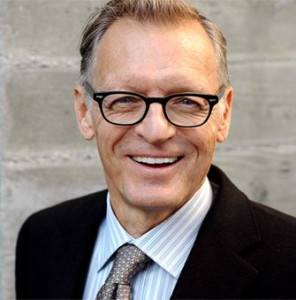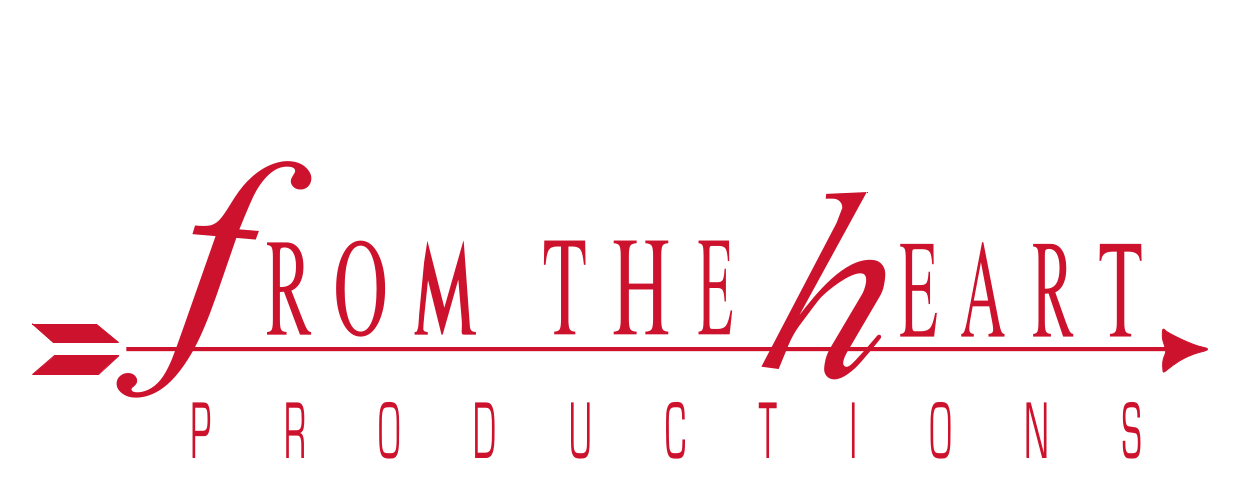3 Questions To Ask When Using Material From Other Sources in Your Film
by Carole Dean
Entertainment attorneys Michael Donaldson and Lisa Callif are the leading authorities on fair use. Michael, in fact, is often referred to as the “fair use Guru”. His “Clearance and Copyright” is used in over 50 film schools and has become the standard reference book for the industry.

“The Fair Use Guru” – Entertainment Attorney Michael Donaldson
I interviewed them recently on my podcast The Art of Film Funding and Michael provided me with insights and questions that a filmmaker should ask about fair use as it relates to their film. Once you have the answers, you can use fair use comfortably in your film.
Michael says you need to ask these three questions:
- Are you using somebody else’s material to illustrate a point you are already making in your documentary, pretty simple- yes or no.
- Did you only use what’s reasonably appropriate? That’s got a lot of elasticity in it and that’s good.
- Is the connection between the point you are making and the material that you are using illustrated clearly to the average viewer?
“If you get a yes to all three questions,” Donaldson says, “you land up in what we call a Safe Harbor. It’s unassailable. There is no way anybody is going to successfully argue that it’s not fair use.
“There is still a lot of fair uses: You know if the connection isn’t all that clear but when you explain it, it’s there, if you have a little bit of wobble room in the length that still might be a fair use, but it is not that solid safe harbor where nobody can get you.”
You may remember there was a lot of publicity lately about the film, “Los Angeles Plays Itself” saying that no one thought it could be released on DVD. The documentary was made up of clips from other movies showing how Los Angeles was portrayed in each one.
Michael Donaldson got involved and cleared it. I asked him about this film how he was able to clear it.
“It’s funny because this was far from the most difficult film that we have had by a long shot. It was a good example of the three questions.
“Thom Anderson (the writer/director), from start to finish talked about how Los Angeles plays itself in movies and he would mention specific films. And as he mentioned the films, clips of those films played over his voice.
“You never see his face the entire film. What you see is clips from all these movies and they just keep rolling for 90 minutes. Clips from other films, but each one separately, individually, is an illustration of what Tom Anderson is talking about so it’s a classic case for safe harbor fair use for each and every clip in that film.”
I asked Donaldson if this was a good film for us to watch to visually see what is Safe Harbor for fair use.
“It’s a very good film to watch for very safe fair use. Another one is “Room 237”, where 1/3 of the film is clips from the “Shining”, but each clips illustrates exactly what the interview subject is talking about. Very safe.”
Michael Donaldson’s “Clearance & Copyright” is available as an ebook with film clips to support his simple as 1-2-3 questions. It also comes with many downloads of contracts and agreements you need for your film. http://www.donaldsoncallif.com/books
Carole Dean is the president and founder of From the Heart Productions and author of The Art of Film Funding, 2nd edition: Alternative Financing Concepts. Her unique, innovative Intentional Filmmaking Class teaches filmmakers how to get their films funded. New classes begin in September. Discount for early enrollment.




